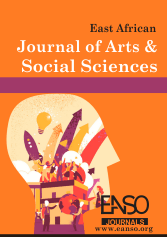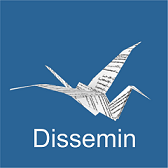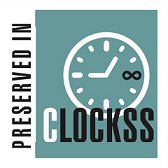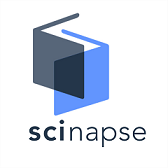Racial Bigotry and Afrikaner Agonies: A Post Colonial Reading of John Maxwell Coetzee’s Novel, Disgrace (1999)
Abstract
South Africa has an exceptionally rich literary environment, particularly when it comes to the experience of coping with a tragic past. Afrikaners in South Africa had the opportunity to benefit from a privileged family foundation and the best socioeconomic and political outcomes thanks to the apartheid racial segregation system. This change has exposed the whites’ illusion that they can exist outside the historical process. Apartheid having been embedded in the consciousness of both the whites and the blacks has made it difficult for the whites to accept the reversal of the status quo within the master-slave matrix. This transformed society is affecting the Afrikaners, so they are struggling to reclaim and sustain a connection with the socio-cultural, economic, and political past. There is a disconnect between the individual and the social-cultural context, which results in agonies experienced by the Afrikaners in the post-apartheid era. The paper employed a postcolonial theory as propagated by Edward Said (1978) and Homi Bhabha (1994). It was also buttressed by New Historicism that grounds socio-political and cultural interconnectedness with the prevailing historical discourses, which gives a deeper insight into human relations. The interplay between history and cultural identity, culture and hegemony, and the resultant interracial divisions that conceal covert misogyny illustrate the reality that history may be recreated from various angles. A qualitative approach based on the library was adopted. The research design used in the study was analytical. By purposive sampling, the text was selected deliberately: Disgrace (1999) by J. M Coetzee. The selected text bulks on agonies Afrikaners go through in the post-apartheid era. This study hopes to contribute to existing post-apartheid dialectics on interracial relations
Downloads
References
Attridge, D. (2006). Book review: Coetzee and the Ethics of Reading: Literature in the event. Research in African Literatures, 37(4), 240. https://doi.org/10.2979/ral.2006.37.4.240
Bhabha, H. (1994). The Location of Culture. London, Routledge
Brink, A. (1988). Interrogating silence: new possibilities faced by South African literature. Writing South Africa, 14-28. https://doi.org/10.1017/cbo9780511586286.004
Buck, O. (2020). Painful Belonging Violence in J. M Coetzee’s Fiction, Appalachian State University
Coetzee, J. M. (1999). Disgrace. New: York Penguin
Derek, A. (2000). J.M Coetzee and the Ethics of Reading: Literature in the Event. Chigaco: University of Chicago.
Graham, L. (2005). “Reading the Unspeakable: Rape in JM Coetzee’s Disgrace”. Journal for Africa Culture, 3(2), 187-205. https://doi.org/10.1057/9780230287846_11
Horrell, G. (2002). Disgrace One Settler, one Bullet and the New South Africa. English studies in South Africa, 7(1), 25-32. https://doi.org/10.1080/18125441.2002.9709642
Huggon S., & Watson, (2002). Colonialism and the novels to JM Coetzee Research in African Literatures. London: Oxford.
Hutcheon, L. (1999). A poetics of Postmodernism: History, theory, fiction. Area Handbook for the Republic of South Africa. Washington, DC, 15(5), 11-13. https://doi.org/10.2307/2905181
Karlson, J. (2003) Apartheid and Post-Apartheid Discourses in School Space; A Study of Durban; Institute of Education Studies, Bedford, London.
Magona, D. (2012). The context of the Awful Event Lives: Nadine Gordimer’s The House Gun. Journal Of South Africa Studies
Myklatun, A. (2018) The Ethics of Proximity in Literature: An Ethical Reading of Immediacy in J.M Coetzee’s Age of Iron and Foe, Arctic University of Norway.
Said, E. (1978). Orientalism. New York, Pantheon Books.
Tyson, L. (2006). Poststructuralism. New York, Routledge, 57-68. https://doi.org/10.4324/9780203412688-11
White, H. (1978). The Historical Text as Literary Artefact in Tropics of Discourse: Essays in Cultural Criticism. Baltimore: John Hopkins University.
Copyright (c) 2023 Carolyne Chebet

This work is licensed under a Creative Commons Attribution 4.0 International License.




























